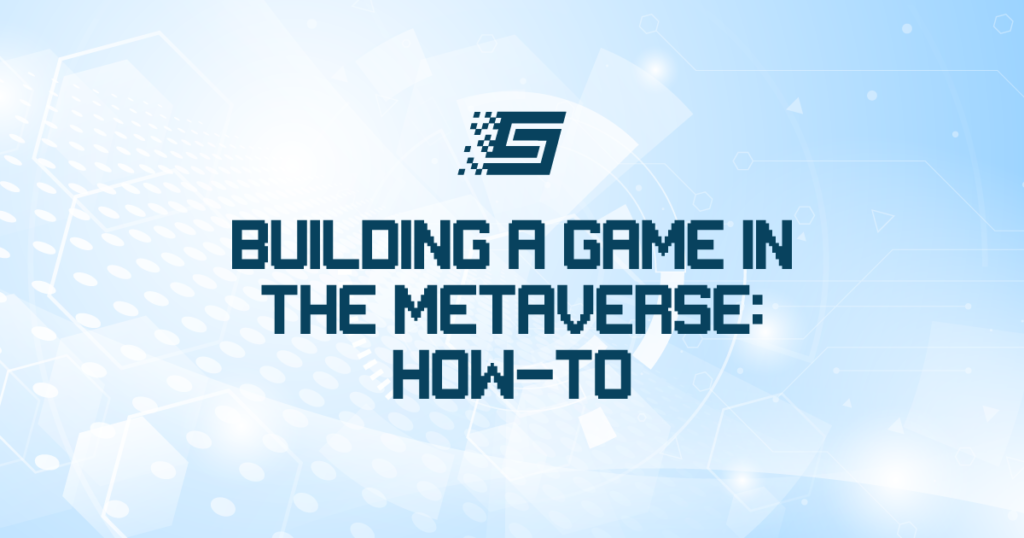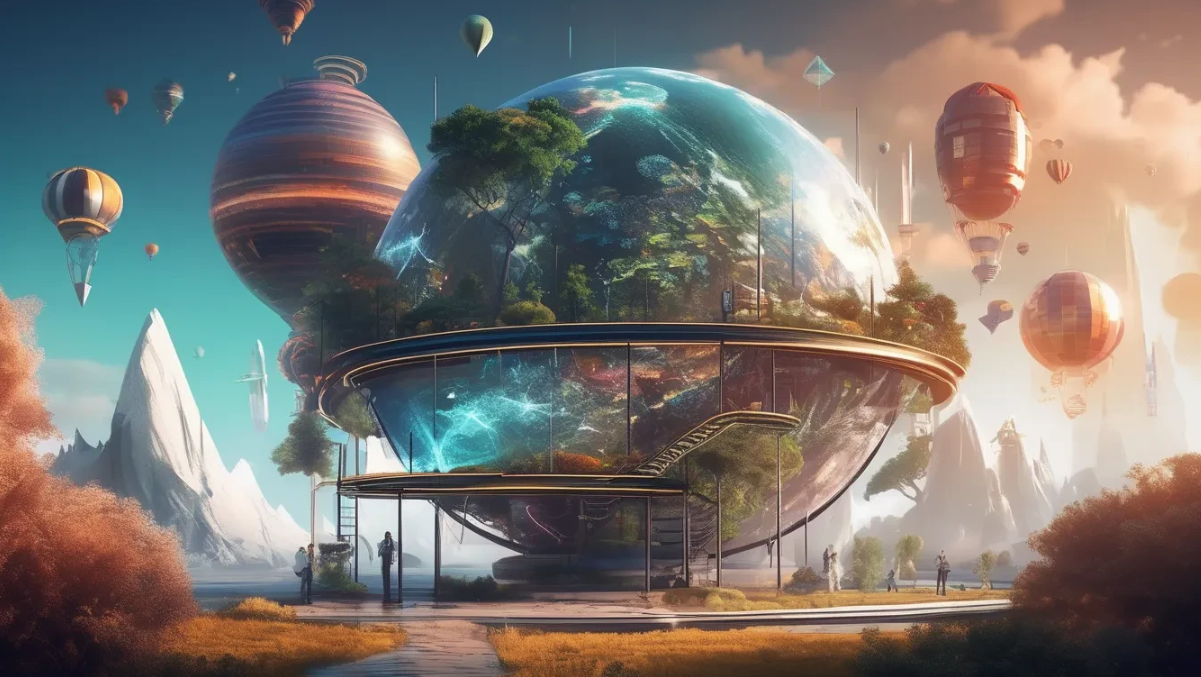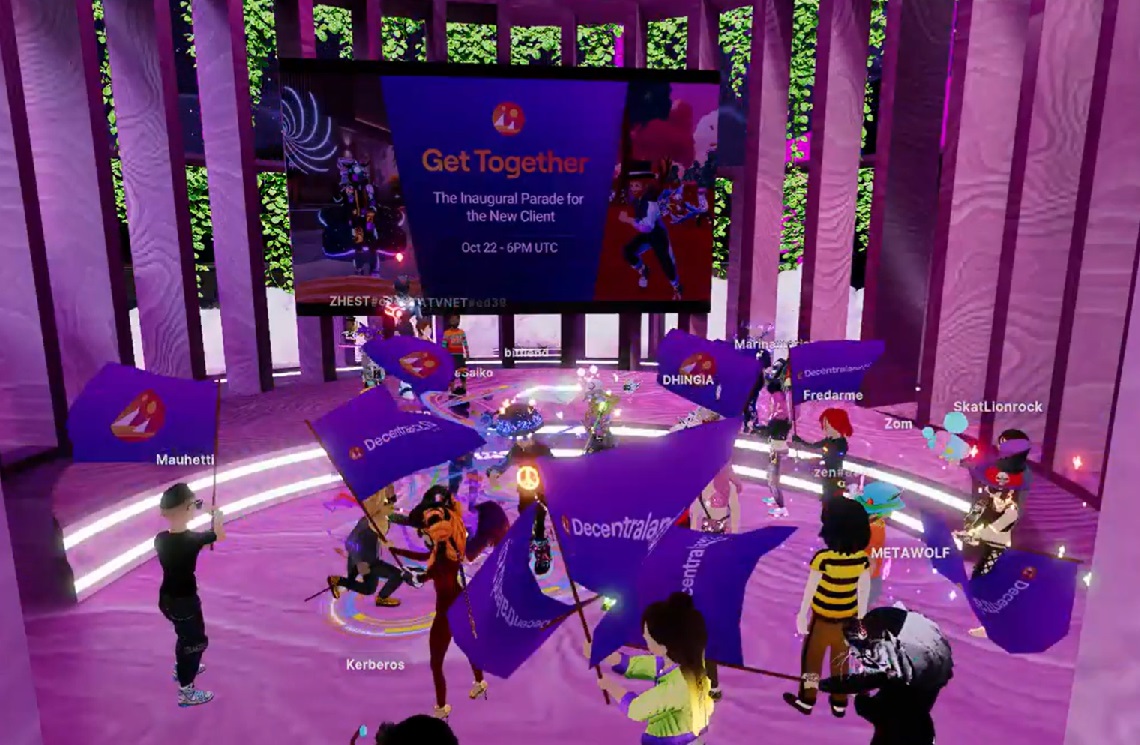
Building a Metaverse Game: How to do it
The process of creating a metaverse game has become simpler than ever. This is due to the increasing number of gaming engines and software for building virtual worlds. The competition among creators of those tools has also led to more and more simplification of the entire process of creating games. Thus, almost anyone can build metaverse games today.
Meanwhile, despite the continuous simplicity, you still need extensive coding and graphic design knowledge to build something meaningful. Designing a game without a solid plan or knowledge of what you are doing might waste time. Therefore, this article will provide you with the basic things you should remember before and while trying to build a metaverse game.
What are you building?
When building a metaverse game for a brand, you must determine the most suitable location for the project. Location here means the online portal you will build upon.
Based on what your brand wants, you may choose to do one of the three:
- Build a metaverse gaming platform
- Create an open metaverse game where other people can also launch games
- Build a game in an open virtual world.
Because option three is more straightforward and cost-effective, most companies prefer to create branded games in virtual worlds like The Sandbox and Decentraland.
Steps to building a metaverse game
Write the game story
Games have scripts just like movies. A game story will allow you to stay focused when production commences. Otherwise, you might continue thinking of endless ideas without getting anything done.
The story will state your metaverse game genre, whether an RPG, adventure, tower defense, war, space exploration, etc. Next, you should include the game plot, number of characters, levels, and other necessary details.
You could also make the job effective by hiring a Storyteller. Storytellers will help to expand your idea and even lengthen the game’s timeline. This will keep players on your game for as long as possible.
Create the gaming environment
Most games have a general background. This might be a war scene, a continuous view of outer space, or a city. You can design the background using Unity SDK or Unreal Engine.
Likewise, you will need to hire one or more game developers for this job. In this stage of your production pipeline, the job is to ensure the gaming environment matches the storyline. By doing that, players will maintain a real connection with the game as they progress from one level to another.
Design characters
Here, you will need some 3D artists. This production stage involves building characters and assets like avatars, mythical creatures, weapons, spaceships, automobiles, and other items in the storyline. Remember, these characters must be adequately designed, rigged, and animated.
Blender’s sculpting and modeling tool can help you achieve the best result when designing characters. You may also perform UV Unwrapping to ensure that each angle of a character’s viewpoint is correct. This will help your characters look more realistic and less fictional.
Building the game
At this stage, you are bringing your storyline to reality. Each character is made to perform its role, and developers will put the game assets to use. You will also need game developers and the Unity Game Engine to achieve the best result.
Developers must pay attention to lighting and rendering when designing the actions of characters so that they can be realistic. Quality sound or music is a feature that must never be absent throughout the game. Additionally, game difficulty should increase as players progress from one level to another, and every level has to be unique to retain players’ interest.
Testing and Quality assurance
At the end of the production pipeline, you want to test the game before publishing it. During the testing, your team should not just play for fun but to detect irregularities in what they have created. It is essential to pay attention even to the tiniest detail. Some of those details include
- Possible differences in the storyline and actions happening in the game
- The natural movement of the characters
- Inconsistencies of sound effects with actions
Sometimes, you may hire other professionals for testing, especially when building lengthy metaverse games. Doing that will ensure an unbiased testing process primarily for quality assurance.
Will other features be available in the game?
A metaverse game should contain other features that encourage decentralization. One common feature among metaverse games today is a marketplace where players will buy and sell gaming assets.
Your team has to determine how to create this marketplace. For example, the Axie Infinity marketplace contains gaming assets such as axies, lands, and cosmetics that Axie developers created.
Whereas, The Sandbox marketplace contains gaming assets created by other players. Similarly, your team must determine whether they will allow players to build in-game items or if the developers are to generate those items while building the game.
Also, the game might include a crypto payment system. Suppose you are building a game in an open virtual world. In that case, you don’t need a new payment portal because the host platform has already created such systems.
On the other hand, when the metaverse game is a new platform, you should add a crypto payment to the ecosystem. Designing this will require hiring a blockchain developer to create the crypto token, program the smart contract, and integrate the cryptocurrency with a blockchain network. In addition, the game will also include a Web3 access point that will allow players to create and access their gaming accounts by connecting a crypto wallet.
Conclusion
The metaverse is the future of immersive gaming, and building metaverse games becomes much easier when you hire the right people. At Sandstorm, we have the best metaverse builders who can help you design any metaverse project according to the storyline. Get started with Sandstorm by registering as a Brand and telling us what you want to build.


